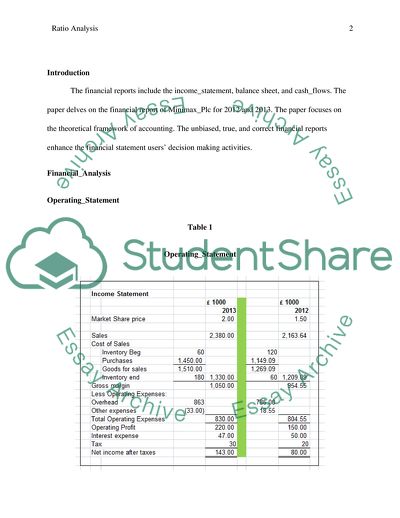Cite this document
(Ratio Analysis & theoretical framework Essay Example | Topics and Well Written Essays - 3000 words, n.d.)
Ratio Analysis & theoretical framework Essay Example | Topics and Well Written Essays - 3000 words. https://studentshare.org/finance-accounting/1873089-ratio-analysis-theoretical-framework
Ratio Analysis & theoretical framework Essay Example | Topics and Well Written Essays - 3000 words. https://studentshare.org/finance-accounting/1873089-ratio-analysis-theoretical-framework
(Ratio Analysis & Theoretical Framework Essay Example | Topics and Well Written Essays - 3000 Words)
Ratio Analysis & Theoretical Framework Essay Example | Topics and Well Written Essays - 3000 Words. https://studentshare.org/finance-accounting/1873089-ratio-analysis-theoretical-framework.
Ratio Analysis & Theoretical Framework Essay Example | Topics and Well Written Essays - 3000 Words. https://studentshare.org/finance-accounting/1873089-ratio-analysis-theoretical-framework.
“Ratio Analysis & Theoretical Framework Essay Example | Topics and Well Written Essays - 3000 Words”. https://studentshare.org/finance-accounting/1873089-ratio-analysis-theoretical-framework.


